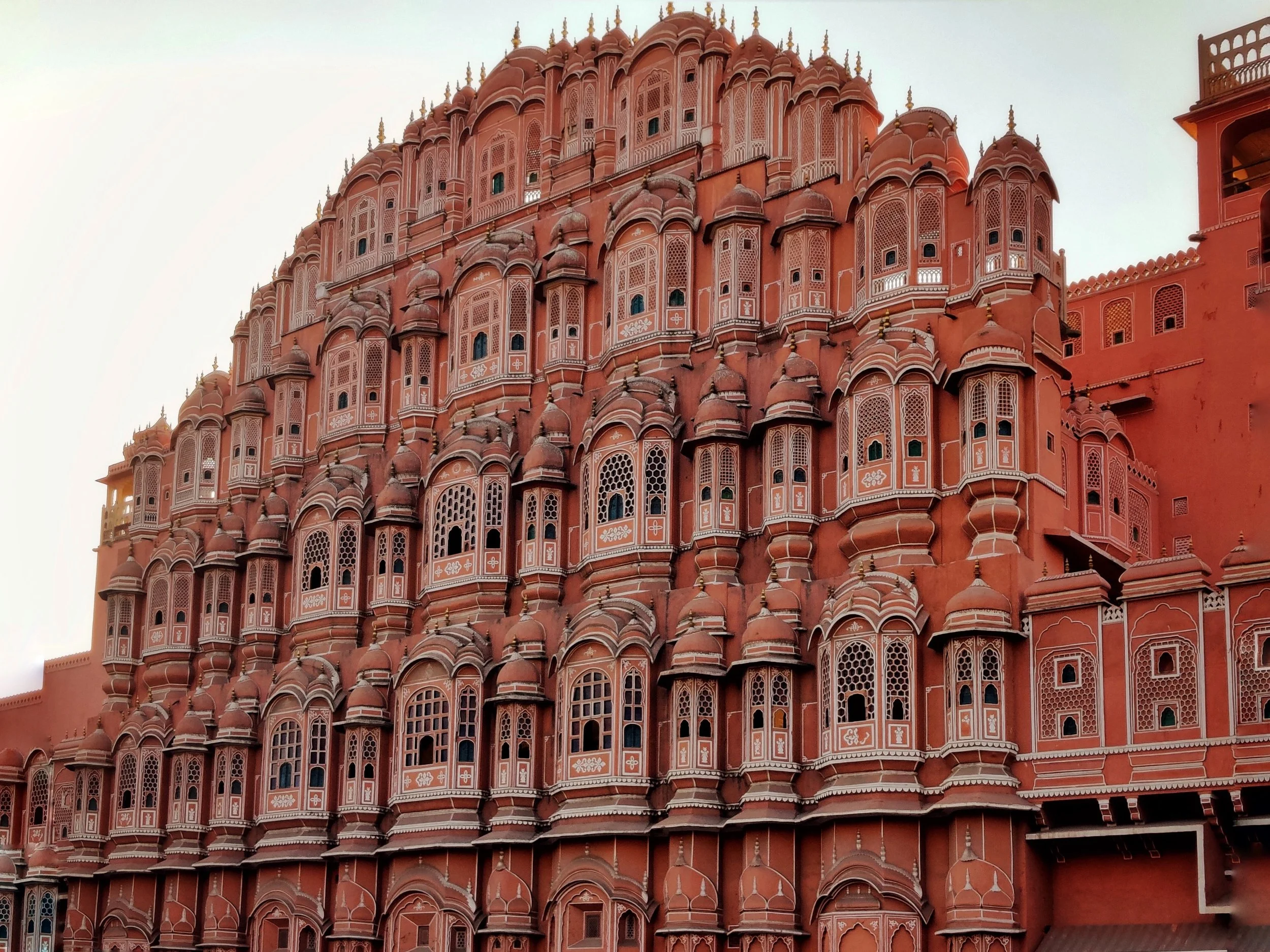
Let’s Learn!
Dance is a huge part of my life and Indian culture and not enough people know about the art of Indian classical dance, but never fear! I am here to show you the beauty in this foreign art form! Don’t forget to watch all the videos:) You’ll learn so much!
What is Kathak?
Kathak is an Indian classical dance form from North India that originated in the 4th century BC. Kathak came from the word “katha” in Sanskrit meaning story, therefore, Kathak dancers are storytellers. In Kathak, we place equal stress on both, the intricate footwork patterns and the different facets of the body such as arms and face through different avenues. Expression, however, plays a key role in covering in your story.
Kathak is two-dimensional; it conceives space only in straight lines and does not attempt to give a 3D effect. Instead of turning on our toes, we turn on our heels creating an execution along a central vertical median. There are three schools/ styles of Kathak named after the places from which they came, Lucknow, Jaipur and Benares.
The 3 Gharanas (styles)
-
Lucknow
This style originated in Lucknow. It is characterized by its smooth, graceful movements, precision and delicacy. In comparison with the Jaipur Gharana, Lucknow and Benares are more focused on facial expressions and hand movements. As you watch the video notice the attention placed on the motion of the eyes and even head.
-
Jaipur
If you thought the footwork in the video to your left was hard, THIS Gharana is the one that is known for footwork. Jaipur Gharana dancers are fast in their footwork and are able to perform on intricate, difficult and precise beats. My saying it is not enough! Watch the video for some more perspective.
Circles/ turns (chakkars) are also highlighted. As you watch the video notice the rapid, strong beats in the music.
-
Benaras
Coming from the religious capital of India, this style is characterized by the execution of circles, with some minor differences. In the other Gharanas, we turn only towards our left shoulder, however in this Gharana, dancers take circles from their left and right shoulder. Additionally, instead of using the drum the beats are spoken out verbally, so you may hear (ta-thei-thei-tat) on the stage. And, don’t be frightened, those are just “bols,” or our spoken beats!
Bollywood
We often mistake Bollywood dance as always being upbeat and energetic. While of course, that is the case the majority of the time, the bold beats, music and dances in Bollywood can range from somber and melancholy to enthusiastic and passionate. Have you ever seen Maduri Dixit perform her sad face??? Or Deepika Paudkone dancing fearfully in “Nagada Sang Dhol??” These videos and clips tend to exude positivity, happiness and joy making the smiles contagious, however there’s ALWAYS more to the story!!



